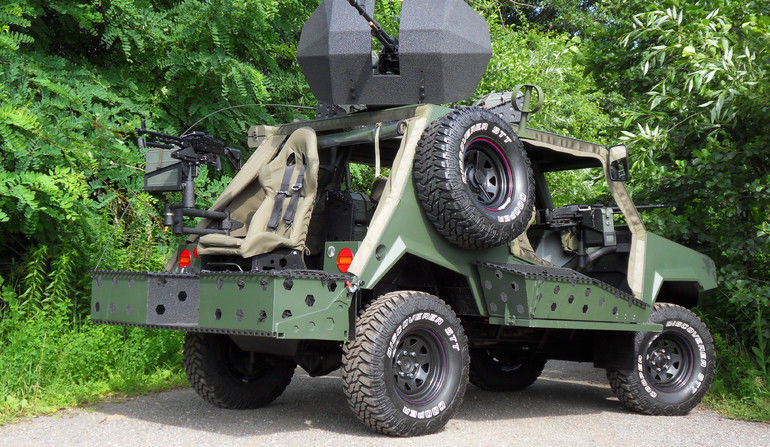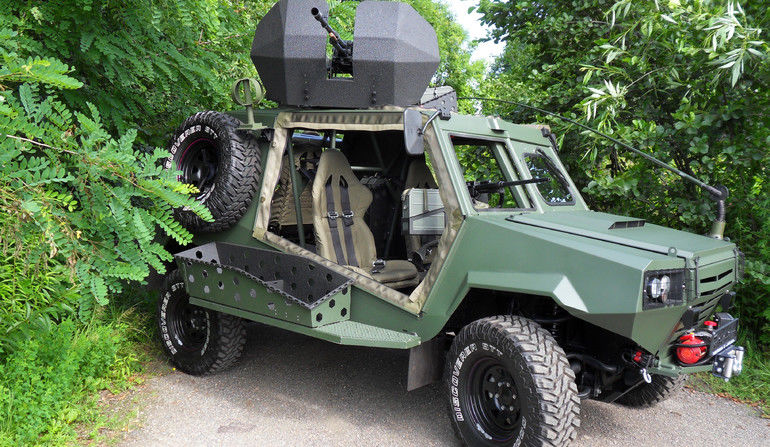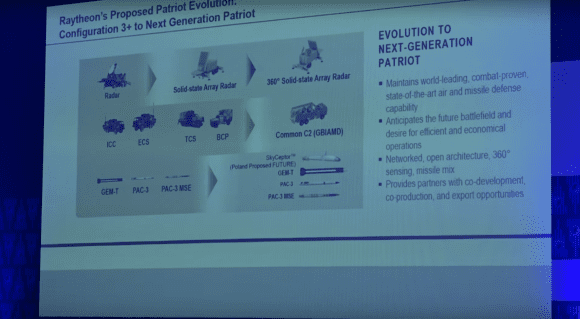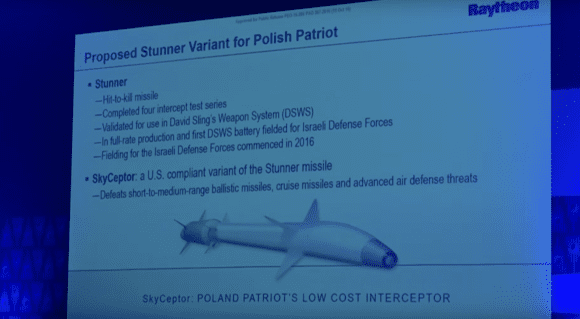Żmija Vehicle Becomes a Part of the Polish Deep Recon Units’ Inventory
According to the Armament Inspectorate of the Polish MoD, Polski Holding Obronny Sp. z o. o., together with the Concept Sp. z o. o. company, have submitted the only, ultimate, and the most profitable offer concerning the procurement of the “Żmija” (Viper) long range reconnaissance vehicles. The consortium formed by the aforesaid companies has proposedthe Wirus LPU (Lekki Pojazd Uderzeniowy - Light Strike Vehicle) platform.
The selection of the winning bid means that after more than two years of tendering, deliveries of 118 Wirus vehicle would begin, and the platform would be received by the reconnaissance units of the Polish Army. The gross value of the order has been defined as PLN 90.7 million. According to the adopted offer-assessment criteria, the vehicle proposed by the contractors, along with the complementary package, has received 100% of points (i.e. 85% for the procurement price and 15% for the guarantee-related terms).
The programme assumes that high mobility 4×4 vehicles are acquired, with gross vehicle weight rating not exceeding 2600 kilograms (dry weight of up to 1700 kilograms). The vehicle shall, at the same time, remain capable of carrying three soldiers, armament, specialized equipment and at least 900 kilograms of payload. A vehicle configured in this way should provide the user with autonomous operation capabilities for at least 7 days.

Moreover, the vehicle shall be tailored for land (train), maritime and air transport (in the latter case: within the cargo bay of the C-130E Hercules aircraft and slung under a helicopter). It should also remain possible to drop the vehicle on a parachute. The platform should feature a roll cage and flexible floor ballistic guards, providing protection at level one, in line with STANAG 4569 Annex B norm. In the offroad conditions it is required that the vehicle remains capable of wading through at least 500 mm deep water (without preparation), go over 600 mm wide ditches and 300 mm high vertical obstacles.
The engine shall have minimum power of 90 kW, and it shall be capable of being operated, for a short period of time, with longitudinal (35 degrees) and lateral (25 degrees) tilting of the vehicle. Moreover, the motor should remain of working in neutral gear, with exhaust resistance at the level of 78 kPa.
The wheels should be at least of 15 inch diameter and the tyres should feature run-flat inserts. The vehicle should be, in its standard version, fitted with a winch capable of pulling at least 65% of its gross weight.
Wirus LPU has been in development for a few years now. The first generation of the vehicle was premiered at the Kielce MSPO event back in 2012. Since then, four subsequent variants of the vehicle have been developed. The differences between the 1st and the 4th generation? Primarily - the chassis. Wirus No. 1 was based upon Toyota Hilux chassis, the current iteration is founded on the platform of Mitsubishi L200. The changes resulted from the experience gathered by the Concept company, and from the ever-evolving procurement conditions. For instance, it was unknown how many persons should the “Viper” platform carry, and thus the first Wirus vehicle was to be used by a crew of 4. The 4th Generation which would be received by the long-range reconnaissance units is to carry three-man crew - driver, commander and weapons operator.
Wirus, with its low weight of 1700 kilograms, attains power of 190 HP and torque of 430 Nm. Its main advantages are agility and speed, with the said characteristics being comparable to those of a quad. Its turning radius is very low, ditches or bushes are not a serious obstacle for this platform. The cabin is open, but there is an option to close it. Wirus has been created out of modern materials - e.g. the floor has been created out of fibreglass, which makes the vehicle light and durable. According to the manufacturer of the vehicle, Wirus IV - Viper - is going to be premiered during this year’s edition of the Kielce MSPO Defence Exhibition.

Initially, the procurement procedure involved eight potential contractors, three out of whom have met the requirements defined by the Ordering Party. Alongside the winning consortium, PGZ S.A. and WZM S.A., and JLR Warszawa Sp. z o.o and AMZ Kutno Sp. z o.o companies have also submitted their offer, nonetheless, the two latter consortia did not submit their ultimate proposals.





